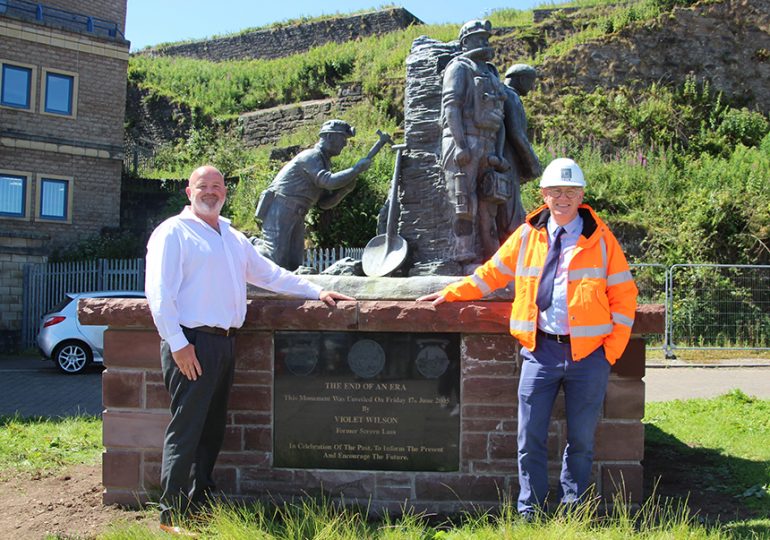CASTLERIGG STONE CIRCLE: An Ancient monument that has stood the test of time

CASTLERIGG STONE CIRCLE, KESWICK
An Ancient monument that has stood the test of time.
by Jonathan Fraser, Cumbria and the Borders History
Castlerigg Stone Circle has arguably the best views of any stone circle in Britain, with 360-degree views of fells including Blencathra, Skiddaw and the Helvellyn range. Wherever you look, you’re surrounded by the stunning Lake District landscape.
Stone circles were built in the Neolithic and Bronze Age, with Castlerigg believed to be around 5,200 years old.
It was built 3,000 years before the Romans arrived in Britain and is a couple of centuries older than the Pyramids. This makes it not only one of the oldest in Britain, but also in Europe.
Unfortunately, the reasons for the building of the stone circles will never be known for definite, however it does make for an interesting debate. Some believe they had astronomical significance; others deny this. Some claim to feel an energy coming from the rocks whilst others, probably the majority, just see them as stones with a purpose.

Photograph by Ben Bush
Whatever the reasons for these circles being built, they were definitely built for a reason, and this would have been no easy task. Castlerigg, along with the other stone circles, was probably used as a meeting place. Neolithic communities, scattered around the area could have used this as a place to meet, possibly for trade, possibly for religious reasons, or maybe both.
Castlerigg is one of 50 stone circles in Cumbria, some are small and simple whilst others such as Castlerigg and Long Meg are much larger. Unfortunately, many of these stone circles have been partially or completely destroyed. Castlerigg is one of the few which remains pretty much how it was originally built, give or take a few stones.
Neolithic circles typically have an entrance and one outlying stone. The entrance to Castlerigg has two large upright stones on the north side. The outlier is presently to the southwest. Castlerigg originally had 42 stones but 38 remain.

Photograph by Erin Alpine
Castlerigg hasn’t been fully excavated so it is unknown what lies beneath; however, three Neolithic Stone Axes were found here in the 18th century. These axes originated from the Great Langdale ‘Axe Factory’.
For what reasons were these impressive structures built? The mystery behind these stones will more than likely last forever.
www.facebook.com/BordersCumbriaHistory
To learn more about what’s happening, follow Cumbria Guide on our social media
Share It:
















